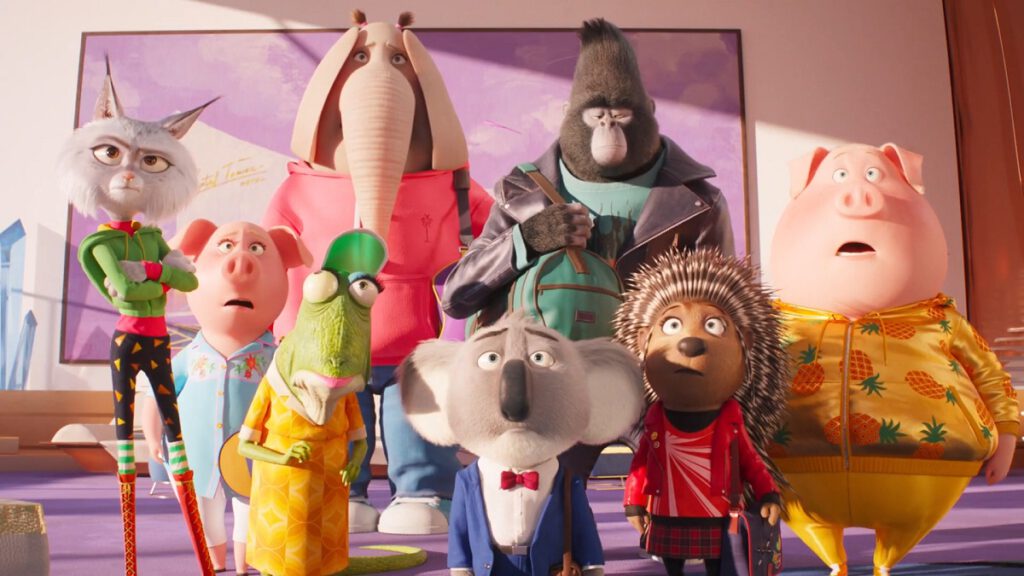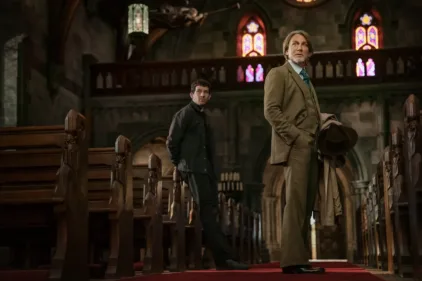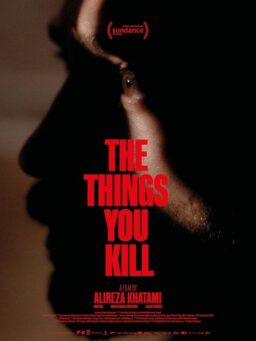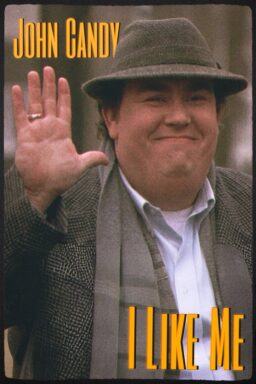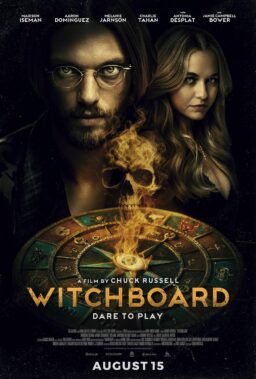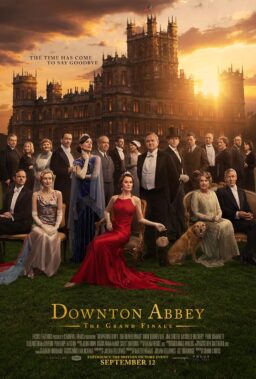Writer/director Garth Jennings needed to find just the right voice for Clay Calloway, a lion who was the most beloved performing artist in the world until he became a recluse after the death of his wife. In “Sing 2,” the characters have to find a way to persuade the lion to join them for their new show. In an interview, Jennings talked about why Bono wanted to play Calloway, the one word of a hit song that was the most expensive joke in the film, what he looked for in the songs featured in the film, and which song was his favorite.
One of the advantages of animation that you really benefited from is going wild with the sets for the big show your characters create. That must have been fun.
That’s the thing! You can go wild with everything. The music—you could have animals singing, yaks dancing! Let’s do spaceships and planets and go go go!
The thing with the first movie is there’s such humble beginnings for these characters. With their little houses and the apartment garage. Some of them don’t even have a place to stay. And even the set at the end is the ruins of the theater. It’s not even a proper stage. During the sequel, we were like, “Right, let’s go to town and really try to put on the biggest show we can.” What a dream job. And then also just to be able to then fold artists into the process. We got to work with this great choreographer called Sherrie Silver on all the choreography in the movie. And then Rodarte, these fashion designers who create just gorgeous, brilliant clothes—they designed all the outfits. So we really were putting on a show. It’s just wonderful.

Were any of the actors in the same room with each other when they were recording their lines?
No, it was like we are right now [on Zoom]. I’m on one side being all the other characters. And they’re where you are, and they’re doing their thing. And so, what I’ve got to do is have the whole scene in my head. I’m trying to just get everyone’s rhythms and energies to feel like they’re part of the same thing. Plus, some of it may be partially recorded already, so there are all of these different pieces from different recording sessions to put together. In fact, we have a clip of it somewhere. I don’t know if it’s been shared yet, where you could see how separate these things are. Some of Matthew McConaughey’s lines were recorded two years apart. We just cut them in half. There are whole scenes of characters chatting by a bus that were recorded over a two-year or nearly three-year gap. It took three years to get all the pieces. It’s incredible how fragmented the entire process is. How it coalesced at the end is a magic trick. You’re getting a voice here, a voice there. You’re adding an animated character here and then you don’t get the fur until later, you don’t get their clothes because they are animated separately. And only as you reach the end does this whole thing fall together.
And honestly, I find it profoundly moving when I see finished work. Because it’s not just the movie. It’s all this work, and this passion in so many pieces and then suddenly you have Clay Calloway walking down the corridor. And it’s like, wow. It’s really something. As someone who’s come from outside the animation world as you know, I still to this day find it dazzling.
As long as you mentioned Clay Calloway, let’s talk about the man who plays that character: Bono!
Oh, that guy. [Laughs] The good news is he didn’t at any point shoot at us with a paint gun or shock us with an electrical fence. This man is so generous and spirited, and kind and enthusiastic. It wasn’t my idea for him to write a song at the end, for instance; that was his idea. He was like, “Oh, I’ve written a song.” And it was perfect. It was a perfect distillation of everything we were trying to do with that character, and how much it meant to Bono himself as an artist. So, although it wasn’t a Clay Calloway-style fight to get him, it was equal in terms of its scale of the proposition. He is an icon for us too. This is somebody who I have on the highest pedestal you can have for a rock musician. And so, I couldn’t believe it when he was interested. He’d really enjoyed the first film, it turned out. He was like, “Oh, you guys have music.” He enjoyed the passion the characters have for singing. And then he could see how a lion that was steeped in grief would be healed by hearing his songs sung back to him by his audience. And that love would bring him out. If it was just like, “Oh, you’re going to be this cool lion, and there’s going to be some fun songs,” I don’t think he would have been at all interested. It worked emotionally and he found his way into it.

One of the great pleasures of the movie is the remarkable range and variety of music. What makes a song right for this movie?
Well, that’s just it. It’s that word. It can’t just be a song that’s popular or one you like. It has to be super, it has to work, it has to do a job. Because if you just chase popularity you’ll come out stuck because it won’t be popular next week. It has to do that thing of feeling right, and emotionally serving the story at that point, even if it’s a humorous thing. Like Billie Eilish’s moment, when they’re breaking into the theater. It is a comedic sequence. But that song has a sneaky quality. It’s like a cat burglar.
Then there’s “I Still Haven’t Found What I’m Looking For” on the other end of the spectrum, really. It profoundly fits the emotional resolution of that film, of that story. But even something like “So Yo”—there’s a track by Bomba Estéreo called “Soy Yo” when all our characters are at their lowest moment, and they have to jump out the window to escape the thugs that are pursuing them. This track kicks in and it’s really exuberant. But it’s a real declaration of independence. You know, “soy yo” means “it’s me.” It’s got this joyful defiance that fits that point. So in every case, I’ve tried with the team to find something that works both musically and the the overall palate of the spectrum in the movie but also in that moment for those characters.
Certainly, the funniest use of the songs is in the audition scenes. We only get the little snippets but they tell us in seconds something about who these performers are. Was it fun to pick those?
Oh, yes. The most expensive joke in the movie is the Adele song in the montage where she’s about to sing “Hello.” I loved how this horse is only able to get one word out.

One addition to the cast I loved was Halsey. How did you coach her to have her character be such a terrible actress?
That’s just it. You’ve got to be really good to be bad. You’ve got to understand that weird rhythm that sounds like you don’t know what you’re doing. She was so great. She is remarkable. There doesn’t seem to be anything she can’t do. I wouldn’t be surprised to see her in the next Olympics. She’s an amazing artist, published poet, she can cook, she’s got her own makeup line, and then there’s this pop star in the middle of it all. And she can really, genuinely act. Comes through the door, nails it kind of person. Real superstar. So there’s not much for me to do there other than go, “That was great. Make it worse!”
Putting Bono’s new song aside, do you have a favorite in the film?
Oh, Mercury Rev’s “Holes.” It’s the song that plays on the bus journey. That’s probably the most unlikely song to put in an animated movie, three minutes without any dialogue. But I love that song. Not only because I just love it but because I love what it does in the movie. And I love that there is a place for any kind of music in this film. And that represents it perfectly.
“Sing 2” will be available in theaters on December 22.

